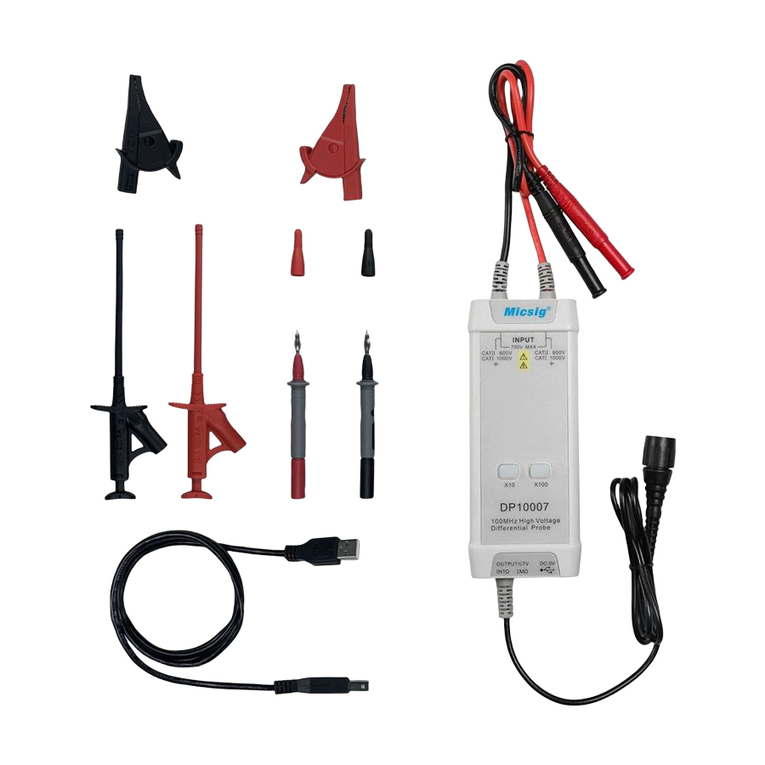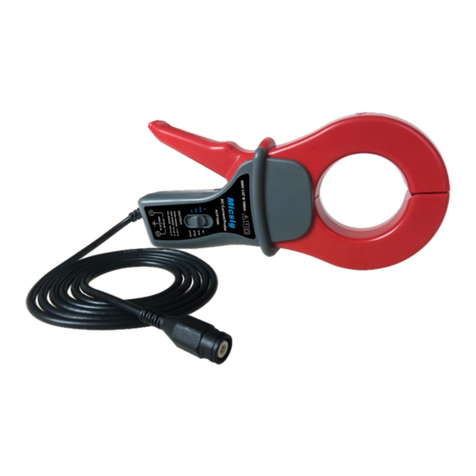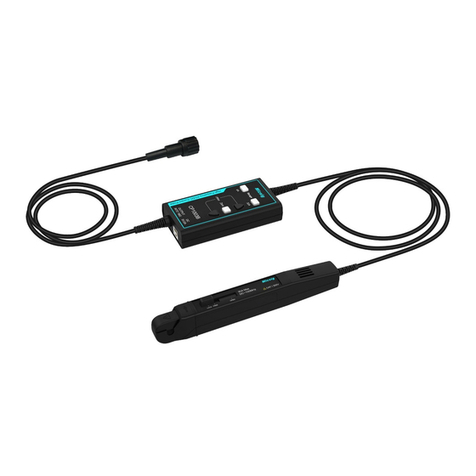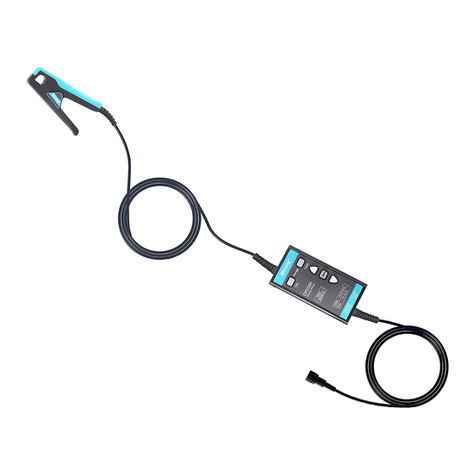
SigOFIT Optical-fiber Isolated Probe User Manual
4 / 25
www.micsig.com
Catalog
WARRANTY ...............................................................................................................................................................................3
GENERAL SAFETY SUMMARY...........................................................................................................................................5
MAINTENANCE SAFETY SUMMARY ...............................................................................................................................6
COMPLIANCE INFORMATION ...........................................................................................................................................7
ENVIRONMENTAL NOTES .......................................................................................................................................................................... 8
INTRODUCTION.......................................................................................................................................................................9
PROBE DESCRIPTION......................................................................................................................................................... 10
OPTICAL-ELECTRICAL CONVERTER...................................................................................................................................................... 10
ELECTRICAL-OPTICAL CONVERTER...................................................................................................................................................... 11
E-O CONVERTER ATTENUATING TIPS.................................................................................................................................................... 11
PRECAUTION REQUIREMENTS...................................................................................................................................... 13
MEASUREMENT SYSTEM PRECAUTIONS .............................................................................................................................................. 13
ENVIRONMENTAL REQUIREMENTS ........................................................................................................................................................ 14
SAFETY REQUIREMENTS .......................................................................................................................................................................... 14
INSTALLATION ........................................................................................................................................................................................... 16
OPERATION STEPS..................................................................................................................................................................................... 16
AUTO CALIBRATION AND MANUAL ZERO ............................................................................................................................................ 17
TECHNICAL SPECIFICATIONS ....................................................................................................................................... 18
MAINTENANCE SERVICE ................................................................................................................................................. 22
TROUBLESHOOTING.................................................................................................................................................................................. 22
MAINTENANCE .......................................................................................................................................................................................... 22
ORDERING INFORMATION .............................................................................................................................................. 23
MODELS ...................................................................................................................................................................................................... 23
STANDARD ACCESSORIES ....................................................................................................................................................................... 23
AFTER SALES SERVICE / SERVICE SUPPORT........................................................................................................... 25

































